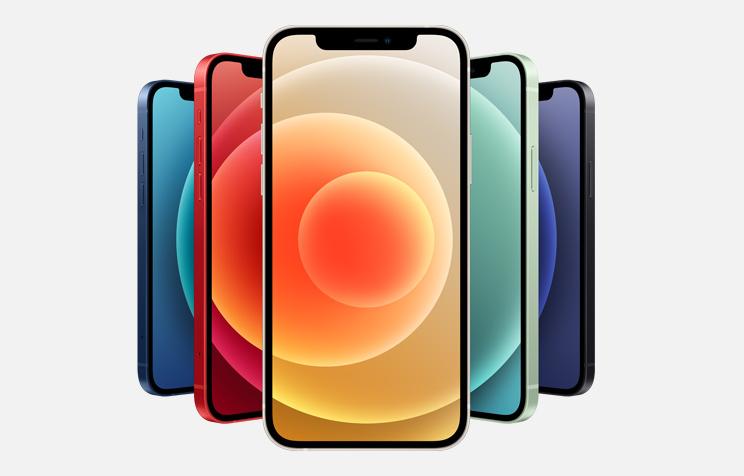Researchers across various fields rely heavily on precise measurements to make informed decisions, validate hypotheses, and derive meaningful conclusions. Optical sensing has emerged as a powerful tool for enhancing data accuracy by offering real-time monitoring, high sensitivity, and a non-invasive approach to data collection. Optical sensors leverage light to capture information, making them invaluable in environments where traditional methods might struggle or fail. This technology can vastly improve the quality and reliability of data, leading to more robust and reproducible research outcomes.

The Role of Optical Sensing in Research
Here is detail about the role of optical sensing in research:
Improving Measurement Precision
One of the primary advantages of optical sensing in research is its ability to enhance measurement precision. Optical sensors operate by detecting light variations, which can be extremely sensitive to even the smallest changes in the environment. For example, in fields like environmental monitoring, optical sensors can detect minuscule shifts in temperature, humidity, or chemical composition, providing accurate data for scientific studies. This high level of precision ensures that the data collected is both reliable and repeatable, which is critical in research where consistency and accuracy are essential for drawing valid conclusions.
Non-Invasive Data Collection
Another key benefit of optical sensing is its non-invasive nature. Traditional measurement tools often require direct contact with the object or environment being studied, which can disrupt or alter the system being monitored. Optical sensors, on the other hand, work remotely, capturing data without the need for physical interaction. This is particularly useful in biological research or studies involving delicate systems, where even minor interference can affect the results. For example, in medical research, optical sensing allows for monitoring biological processes without introducing any external variables that could skew the data.
Real-Time Monitoring for Enhanced Accuracy
Real-time data collection is another area where optical sensing technology excels. In many research applications, it’s crucial to monitor conditions continuously over extended periods. Optical sensors provide real-time feedback, ensuring that researchers can observe changes as they happen and adjust their experiments accordingly. This capability improves data accuracy by allowing for immediate corrections in case of fluctuations or discrepancies in the system. Furthermore, optical sensors can be networked to gather data from multiple sources simultaneously, providing a comprehensive and synchronized dataset.
Long-Term Stability and Reliability
Data accuracy is not just about precise measurements in the short term but also about maintaining consistent reliability over time. Optical sensing systems are known for their durability and long-term stability. Unlike traditional sensors, which may degrade or lose calibration over time, optical sensors tend to maintain their accuracy throughout their operational lifespan. This is particularly beneficial for long-term research projects that require extended monitoring. The ability to rely on the same system over months or years without significant drift ensures that researchers can trust their data, even in studies that span multiple years.

Huawei OptiXsense EF3000-F50: A Case in Point
The Huawei OptiXsense EF3000-F50 is a perfect example of how optical sensing can improve data accuracy in research, particularly in the context of perimeter security. This distributed optical fiber sensing system is designed for real-time monitoring and protection of large perimeters, such as those around railway lines or airports. By utilizing optical fibers laid out along the perimeter, it can quickly identify intrusions and precisely locate their source. This level of accuracy is achieved through the unique ability of optical fibers to detect slight disturbances in the environment, such as changes in vibration or pressure.
Conclusion
Optical Sensing represents a transformative technology in research, offering enhanced data accuracy, precision, and reliability. With its ability to operate non-invasively and provide real-time monitoring, optical sensors are playing an increasingly crucial role across various scientific disciplines. Systems like the Huawei OptiXsense EF3000-F50 illustrate how optical fiber sensing can be used to improve data accuracy in even the most demanding environments, ensuring that researchers can trust their findings and make more informed decisions.











